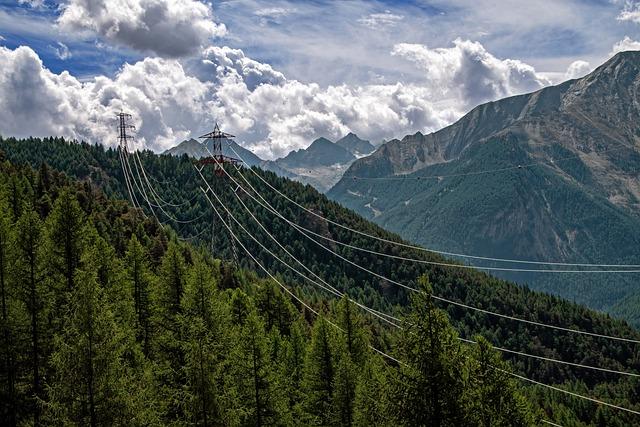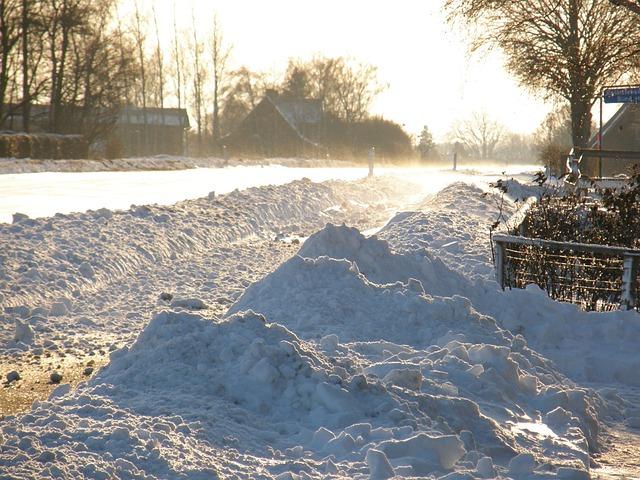Stumps, remnants of once towering trees, can prove to be a persistent and unsightly reminder of past arboreal glory. Whether they are left behind due to tree removal, storm damage, or disease, the presence of stumps can pose numerous challenges to property owners. Thus, the art of stump removal has become a crucial undertaking, as it not only enhances the aesthetic appeal of landscapes but also mitigates potential hazards and allows for new growth. In this informative article, we will delve into the various methods and techniques employed to safely and efficiently eradicate stumps, unveiling the importance of this process and shedding light on the factors to consider when embarking on this task.
Table of Contents
- Benefits of
- Considerations before Removing a Stump
- Methods for
- Hiring a Professional Service
- DIY Techniques
- Safety Precautions for
- Replanting Options after
- Q&A
- Conclusion
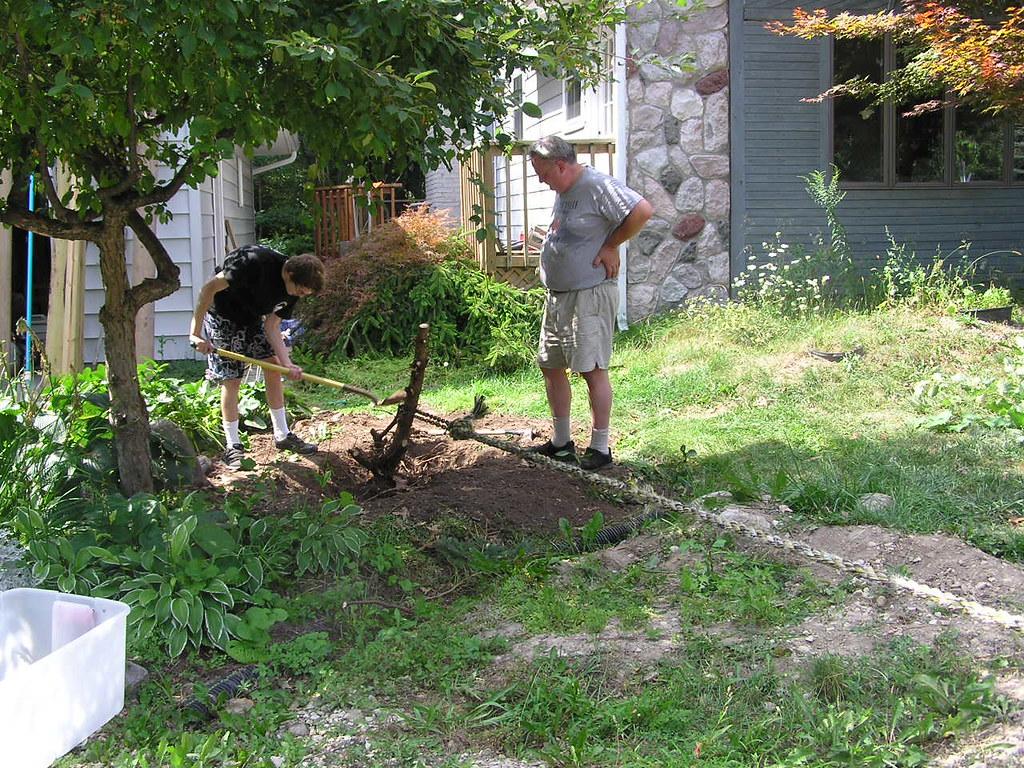
Benefits of
Stump removal is an essential task for anyone who wants to maintain a beautiful and functional outdoor space. Whether you’re a homeowner, landscaper, or property developer, removing stumps can offer several key benefits that can enhance the overall appearance and functionality of your outdoor area.
1. Improved Aesthetics: One of the primary is the improvement of aesthetics. If you have unsightly stumps dotting your landscape, they can significantly diminish the visual appeal of your property. By removing these stumps, you can create a clean and polished look that enhances the overall beauty of your outdoor space. Whether you’re planning to sell your property or simply want to enjoy a more visually pleasing environment, stump removal is a crucial step.
2. Enhanced Safety: Another significant advantage of stump removal is the improvement in safety. Stumps can pose various hazards, especially if they are hidden under foliage or grass. They can become tripping hazards for pedestrians and even pose a threat to vehicles and maintenance equipment. By eliminating stumps, you can minimize the risk of accidents and injuries, ensuring a safer environment for everyone.
3. Prevention of Pest Infestations: Stumps can attract pests, including termites, ants, and beetles, which can spread to nearby trees and plants. These pests can cause significant damage to your landscaping, leading to expensive repairs and potential loss of trees and plants. Removing stumps promptly can help prevent pest infestations and protect the health of your outdoor vegetation.
4. Ease of Maintenance: Stumps can make routine yard maintenance a challenging task. They can obstruct the mowing and trimming process, making it difficult to achieve a well-manicured lawn. By removing stumps, you can streamline your maintenance routine and create a more manageable and efficient outdoor space.
Overall, stump removal offers a range of benefits that can greatly enhance the aesthetics, safety, and functionality of your outdoor area. From improving the appearance of your landscape to preventing pest infestations and easing maintenance tasks, the advantages of stump removal are undeniable.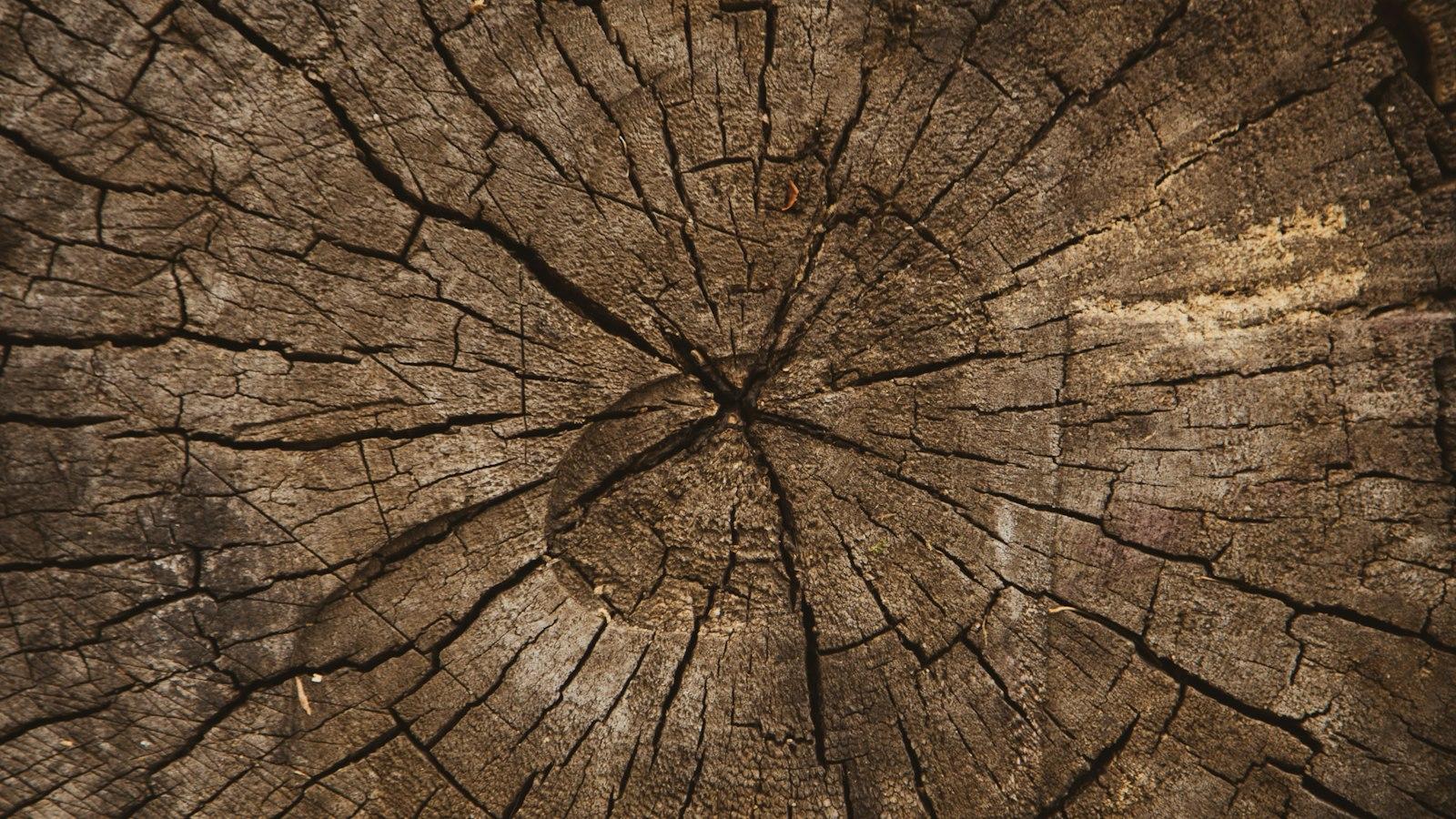
Considerations before Removing a Stump
When it comes to stump removal, there are a few important considerations to keep in mind. First and foremost, it is crucial to assess the size and location of the stump. This will help determine the best method for removal and ensure that you have the necessary tools and equipment.
- Size: The size of the stump will impact the difficulty and time required for removal. Larger stumps may require heavy machinery or professional assistance, while smaller stumps can often be removed with manual labor.
- Location: The location of the stump is another important factor to consider. Stumps in hard-to-reach or sensitive areas, such as close to buildings, utility lines, or gardens, may require extra precautions and expertise to remove without causing damage.
- Root System: Understanding the root system of the stump is essential for effective removal. Some stumps have shallow root systems that are easier to remove, while others may have deep, complex networks that require specialized techniques.
- Environment: Consider the impact of stump removal on the surrounding environment. Are there any protected or endangered species nearby? Will removing the stump cause soil erosion or damage to nearby plants? It is important to consider these factors and plan accordingly to minimize any negative effects.
Additionally, you should also think about the post-removal plan. Will you replant another tree in the same spot or use the area for a different purpose? Taking these factors into account will ensure that you make the best decision for your specific situation and the environment.
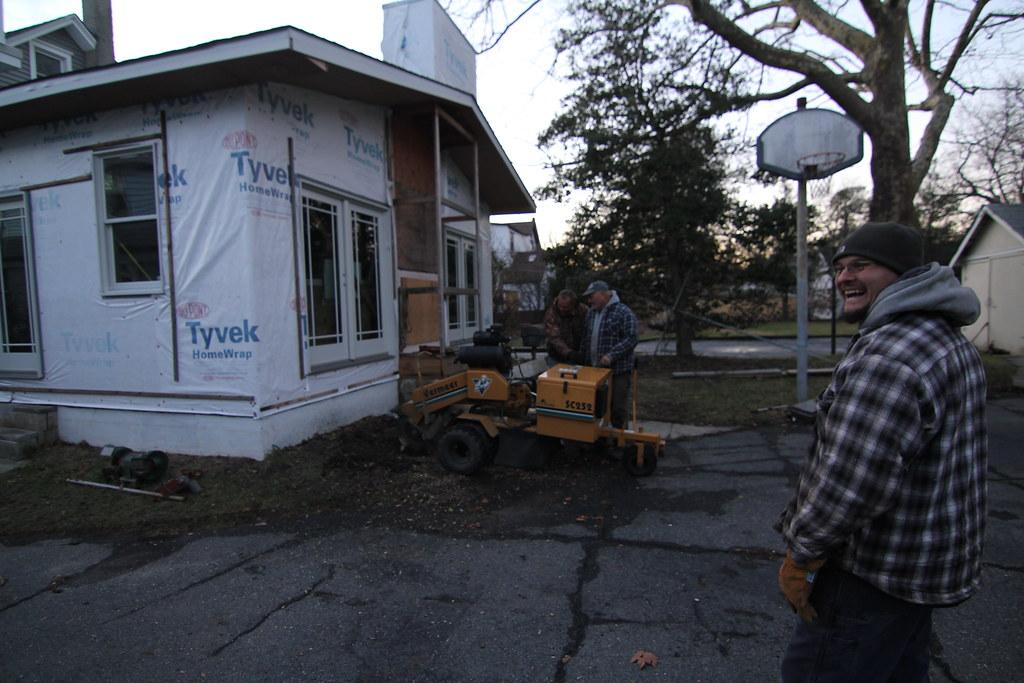
Methods for
When it comes to getting rid of unsightly tree stumps on your property, there are a variety of methods you can choose from. Each method has its advantages and disadvantages, so it’s important to consider your specific needs and circumstances before making a decision. In this post, we’ll explore some of the most effective and discuss their pros and cons.
1. Grinding
Grinding is perhaps the most common method used for stump removal. It involves using a powerful grinding machine to chip away at the stump until it is ground down below ground level. This method is highly effective and can completely remove the stump, leaving your landscape looking clean and free from obstructions.
One of the main advantages of grinding is that it is a relatively quick process, especially for smaller stumps. However, it can be time-consuming for larger stumps and may require the use of heavy machinery. Additionally, the grinding process creates a lot of wood chips, which can be used as mulch or removed from the area.
2. Chemical Removal
Chemical removal is another method to consider for stump removal. This method involves using certain chemicals to accelerate the natural decay process of the stump. The chemicals are usually applied directly to the stump or injected into pre-drilled holes. Over time, the stump will break down and decompose, making it easier to remove or allowing it to disintegrate naturally.
One of the advantages of chemical removal is that it requires less physical effort compared to grinding or manual removal methods. However, it can take several months or even years for the stump to fully decompose, depending on its size and condition. It’s also important to use caution when dealing with chemicals and follow the instructions carefully to ensure safe and effective removal.
These are just a couple of methods you can use for stump removal. Other options include manual removal, burning, and using a stump removal service. Remember to carefully consider your specific circumstances and the pros and cons of each method before deciding which one is right for you. Whether you choose to grind, use chemicals, or enlist professional help, removing unsightly stumps can greatly improve the aesthetics and usability of your outdoor space.
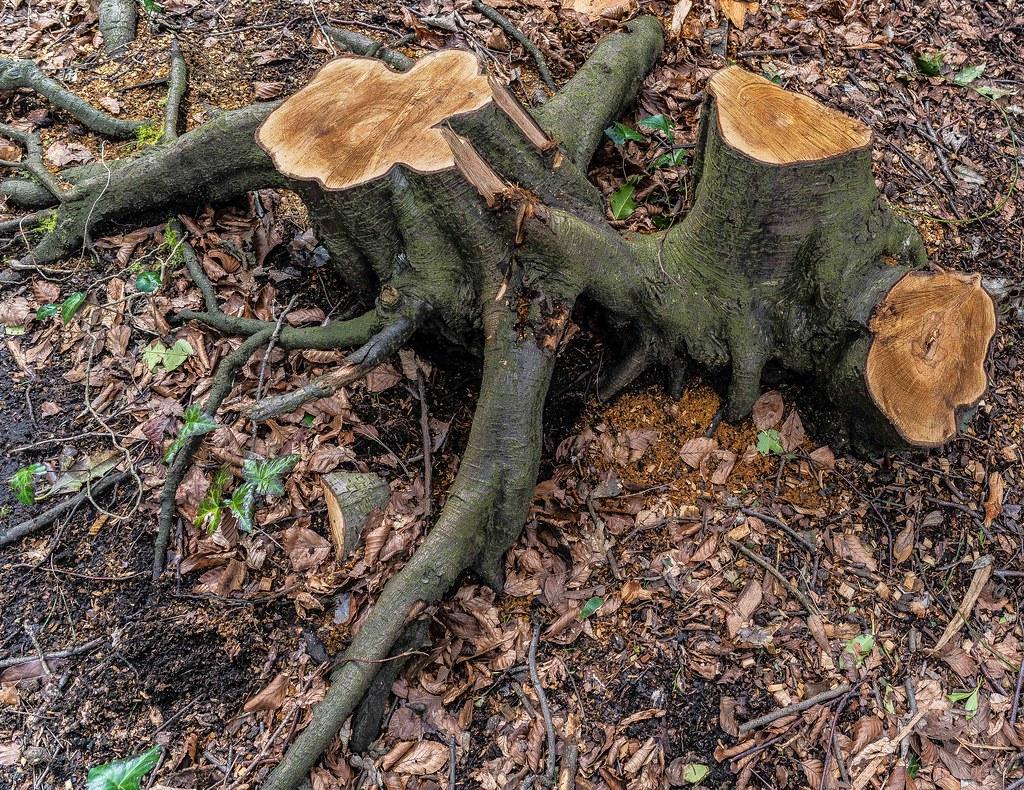
Hiring a Professional Service
Are you tired of looking at that unsightly tree stump in your yard? Do you wish you could reclaim that space for gardening or landscaping? is the ideal solution to your problem. These experts have the knowledge, experience, and equipment necessary to safely and efficiently remove stumps from any size and type of tree.
One of the main reasons to hire a professional stump removal service is that they have specialized equipment designed specifically for this task. Stump grinders are commonly used by these professionals, which are powerful machines capable of grinding down the stump to below ground level. This ensures that there will be no visible remains of the stump, allowing you to fully utilize the space in your yard.
Another advantage of hiring a professional service is their expertise in handling different types of stumps. They have the knowledge to identify the species of tree and determine the best approach for removal. Each type of tree requires a different technique, and professionals are trained to handle them all efficiently. Additionally, they have the necessary safety equipment to protect themselves and your property during the stump removal process.
When , it is important to choose a reputable company with positive reviews. Look for a service that offers a guarantee on their work and provides a detailed estimate of the cost upfront. This way, you can ensure that you are getting the best value for your money.
In conclusion, is the most efficient and effective way to get rid of that unwanted tree stump in your yard. With their specialized equipment and expertise, they can safely remove stumps and reclaim the space for your desired landscaping or gardening purposes. Don’t let that stump continue to be an eyesore in your yard, contact a professional service today and enjoy a stump-free environment.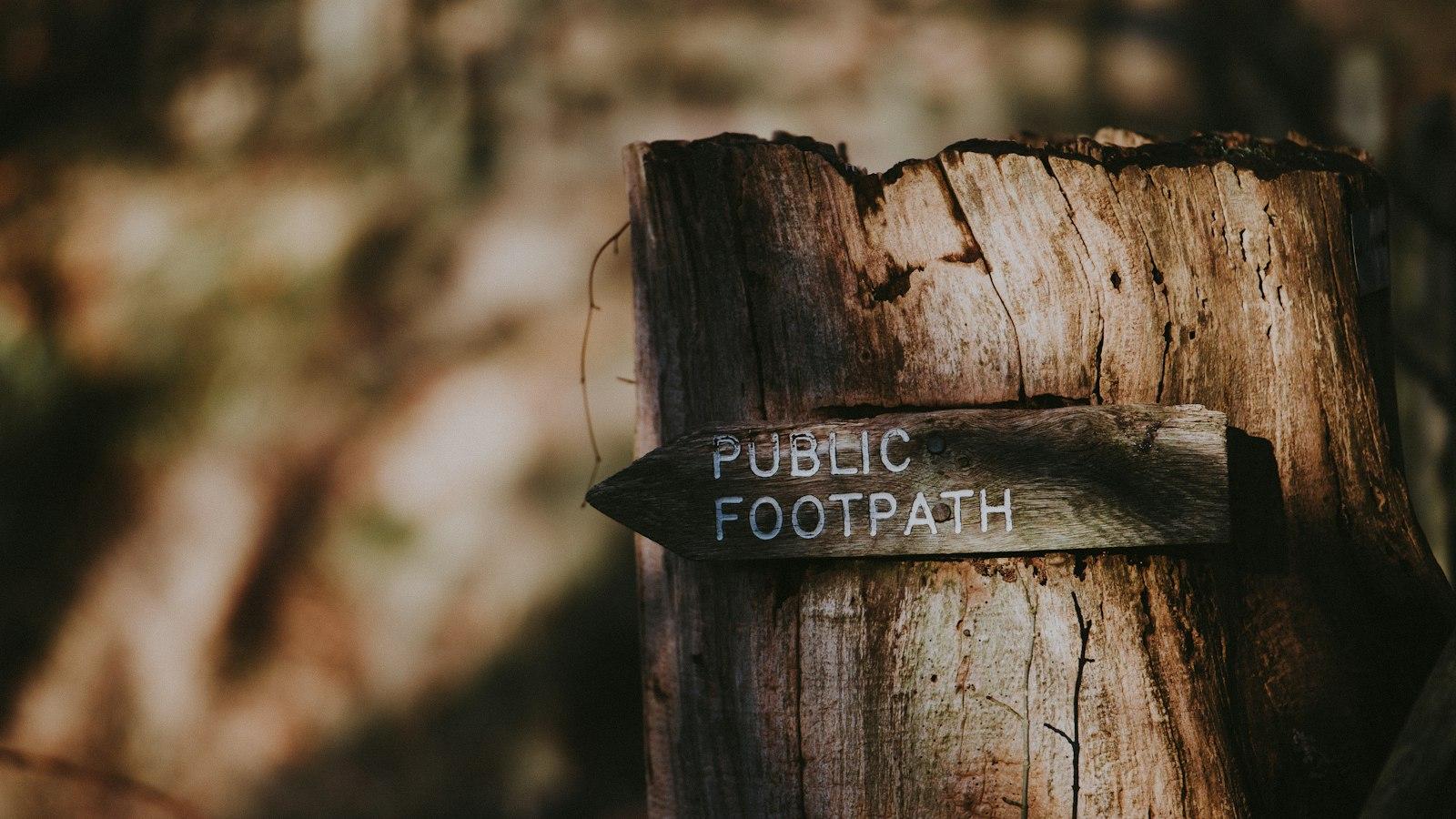
DIY Techniques
When it comes to getting rid of stubborn tree stumps in your yard, can save you money and hassle. With the right tools and know-how, you can take care of this task on your own. Here are some effective methods to consider:
- 1. Digging Method: This is a common and straightforward technique for stump removal. Start by using a shovel to dig around the stump, exposing the roots. Once you’ve loosened the soil and exposed enough roots, use a root saw or pruning saw to cut through them. Continue digging and cutting until the stump is completely freed from the ground.
- 2. Chemical Method: If you prefer a less physically demanding approach, using chemicals to aid in stump removal can be effective. There are various chemical stump removers available on the market. Follow the instructions carefully, as the process may vary depending on the product. Typically, you’ll need to drill holes into the stump and apply the chemical to accelerate its decomposition. Over time, the stump will become softer and easier to remove.
Before attempting any DIY stump removal technique, it’s essential to prioritize safety. Wear protective gear such as gloves, goggles, and sturdy footwear. Additionally, assess the size and condition of the stump – larger, older stumps may require professional assistance. Remember to consider nearby structures or objects that could be damaged during the removal process.

Safety Precautions for
When it comes to removing a stump from your yard, it’s important to prioritize safety to prevent any accidents or injuries. Following some simple safety precautions can help ensure a smooth and hazard-free stump removal process.
1. Protective Gear
Before you begin the stump removal process, make sure to wear the appropriate protective gear. This includes safety goggles to protect your eyes from flying debris, sturdy work gloves to safeguard your hands, and steel-toed boots to protect your feet from falling objects.
2. Assess the Surroundings
Prior to removing the stump, assess the surroundings to identify any potential hazards. Look out for obstacles such as utility lines, rocks, or other objects that may impede the stump removal process. It’s crucial to keep a safe distance from utility lines and ensure you have a clear path for the stump removal equipment.
3. Use Proper Tools
Equipping yourself with the right tools is vital for safe stump removal. Use a stump grinder or an axe to break down the stump into smaller pieces before removing it entirely. Ensure the tools you use are in good condition and always follow the manufacturer’s instructions for safe handling.
4. Call a Professional if Necessary
If you’re unsure about removing the stump yourself or if it poses a significant risk, it’s wise to call a professional stump removal service. They have the expertise and proper equipment to handle the task safely. Hiring a professional ensures the job is done efficiently while minimizing any potential risks.
5. Dispose of Debris Properly
After the stump has been removed, it’s essential to dispose of the debris responsibly. Clear the area of any remaining wood chips, branches, or debris that may pose a tripping or fire hazard. Consider recycling the wood chips or using them as mulch for your garden, reducing waste and benefiting your landscape.
Remember, safety should always be the top priority when removing a stump. By following these safety precautions and taking the necessary steps, you can ensure a successful and accident-free stump removal process.

Replanting Options after
After the removal of a stubborn stump, it is essential to consider the different replanting options available to enhance the aesthetics and functionality of your outdoor space. Here are some key options to explore:
1. Choosing the Right Tree or Plant
When considering replanting after stump removal, it is crucial to select a tree or plant that is suitable for your specific location and climate. Take into account factors such as sunlight exposure, soil type, and available space. Opt for native species whenever possible as they are generally well-adapted to the local environment and require less maintenance. Research the growth potential, foliage characteristics, and maintenance requirements of different species to ensure a successful replanting endeavor.
2. Creating a Garden Bed
Another option to consider is creating a garden bed around the area where the stump was removed. This provides an opportunity to showcase a variety of plants, flowers, or even a small vegetable garden. Prepare the soil by removing any remaining root fragments and mixing in compost or organic matter to improve fertility and drainage. Choose plants that complement each other in terms of color, height, and bloom time to create an appealing and harmonious garden bed. Regularly mulching and watering the bed will help maintain the health of the plants and ensure their successful growth.
3. Incorporating Decorative Features
In addition to replanting, consider incorporating decorative features to enhance the overall appeal of the space. This could involve installing a birdbath, a small fountain, or decorative stones to create a focal point. These elements add visual interest and attract wildlife, bringing life to your outdoor area. Place them strategically in the vicinity of the stump removal site, ensuring it blends seamlessly with the replanted area.
4. Maintaining the Replanted Area
Once you have implemented your chosen replanting option, it is crucial to provide proper care and maintenance to ensure their long-term health and vitality. Regularly watering, pruning, and fertilizing as necessary will help keep the plants thriving. Monitor for any pests or diseases that may affect the replanted area and take appropriate measures to address them promptly. By consistently caring for the replanted area, you will maximize its visual appeal and enjoy the benefits of a beautifully rejuvenated outdoor space.
Q&A
Q: What is stump removal and why is it necessary?
A: Stump removal is the process of getting rid of the remaining part of a tree after it has been cut down. This is necessary to ensure the complete elimination of the tree, prevent regrowth, improve safety, and enhance the overall aesthetics of the surrounding area.
Q: What are the different methods of stump removal?
A: There are several methods to remove stumps, including manual removal, stump grinding, chemical stump removal, or burning. The choice of method depends on factors such as stump size, location, time constraints, accessibility, and personal preferences.
Q: How does manual stump removal work?
A: Manual stump removal involves physically digging out the stump using shovels, mattocks, or other specialized tools. This method requires considerable effort and is usually employed for smaller stumps or when other techniques are not viable.
Q: What is stump grinding and how does it work?
A: Stump grinding is a mechanical method that utilizes a stump grinder to chip away the stump into small wood chips. The grinder’s rotating cutting wheel gradually reduces the stump to below ground level, allowing the area to be replanted or used for other purposes.
Q: Can chemical stump removal be an effective method?
A: Chemical stump removal involves the use of specialized stump removal chemicals to accelerate the stump’s natural decay process. While it can be effective, it often takes a longer time to completely decompose the stump, and the chemicals used may pose environmental concerns.
Q: Is burning a viable method for stump removal?
A: Burning can be used to remove stumps, but it is typically reserved for smaller stumps or in areas where fire safety regulations allow it. Burning may not be suitable in urban or residential areas due to safety risks and potential for smoke or fire hazards.
Q: Are there any benefits to stump removal?
A: Yes, stump removal provides several benefits. It eliminates tripping hazards, reduces pest infestation, prevents potential regrowth, allows for space optimization, and improves the overall appearance of the landscape.
Q: How much does stump removal typically cost?
A: The cost of stump removal can vary depending on factors such as stump size, location, accessibility, and the chosen removal method. On average, the cost can range from $60 to $350 per stump, although large or challenging stumps might require extra payment.
Q: Is stump removal a job for professionals, or can it be done as a DIY project?
A: While it is possible to remove a stump as a DIY project, it is often safer and more efficient to hire professional stump removal services. Professionals possess the necessary expertise, equipment, and knowledge to perform the task swiftly and without damaging the surrounding area.
Q: Are there any environmental considerations when it comes to stump removal?
A: Yes, removing stumps can have potential environmental impacts. The choice of removal method should consider any potential harm to other plants, soil erosion, or chemical pollution. It is advisable to consult with a professional who can determine the most environmentally friendly approach based on the specific circumstances.
Conclusion
In conclusion, understanding the importance of stump removal is crucial for maintaining the beauty and safety of your property. Removing a stump is not just an aesthetic choice, but it also prevents potential hazards and promotes healthy growth in surrounding plants. Whether you choose to hire a professional stump removal service or tackle the task yourself, it is essential to follow the proper procedures and safety precautions. By doing so, you can effectively eliminate stumps from your landscape and create a safer and more visually appealing outdoor space. So, don’t underestimate the impact of stump removal and take the necessary steps to ensure your property remains pristine and hazard-free.
Simpsons Tree Services, Servicing Melbourne’s North Eastern Suburbs
Book a quote online at www.simpsonstrees.com.au

